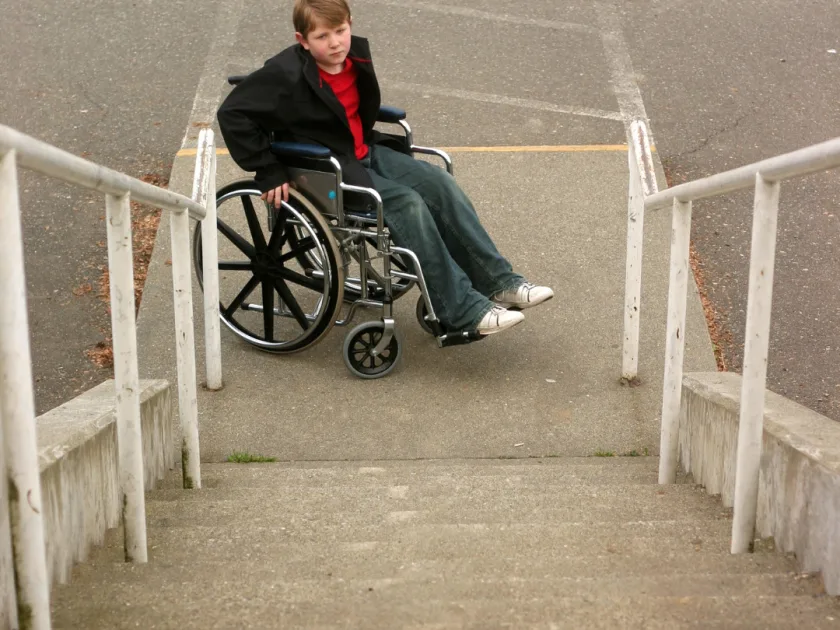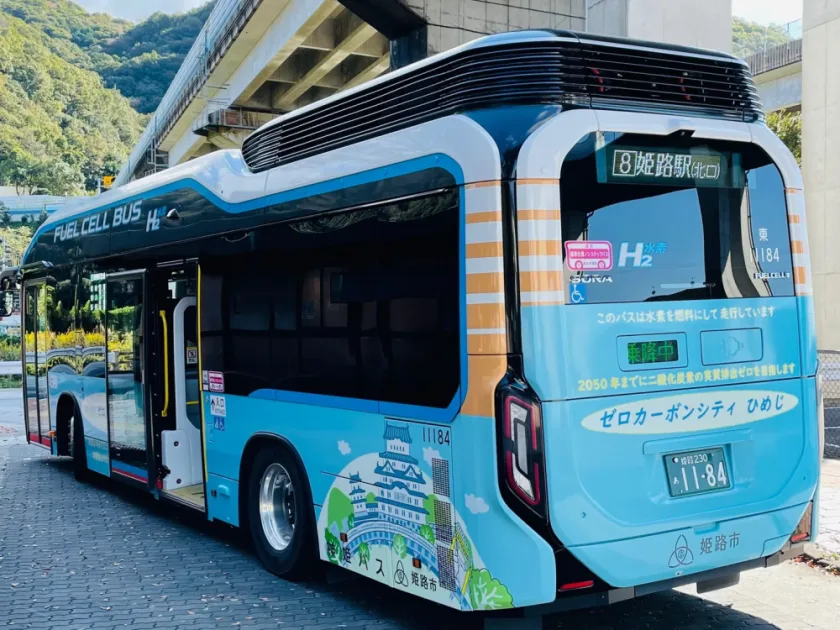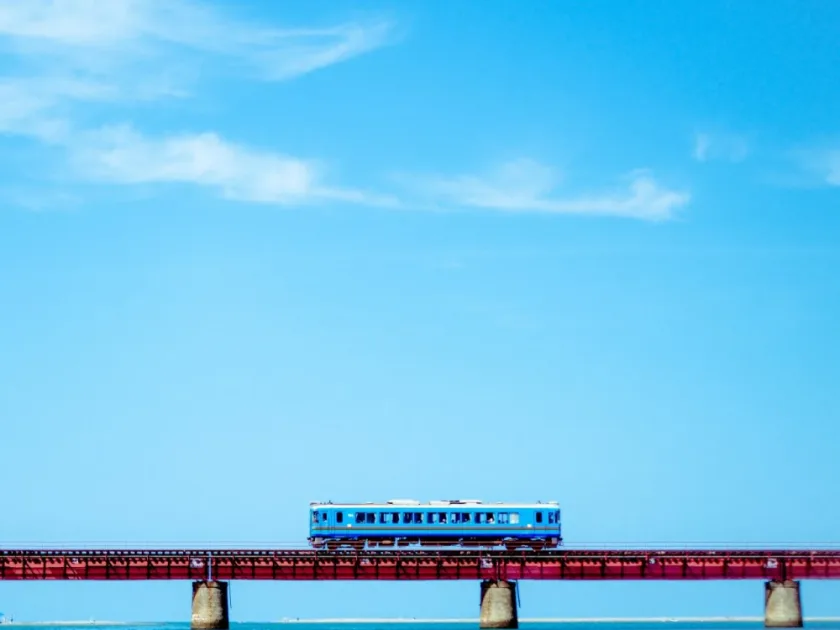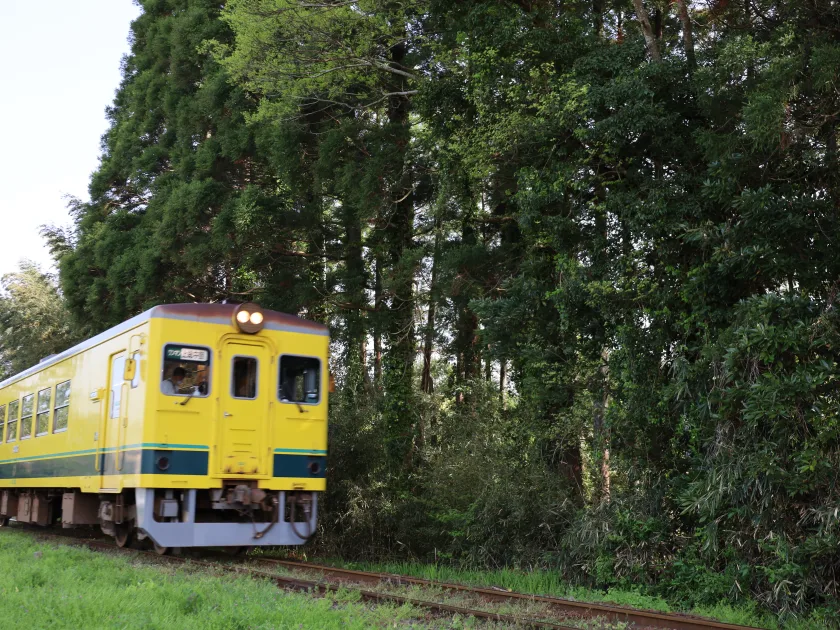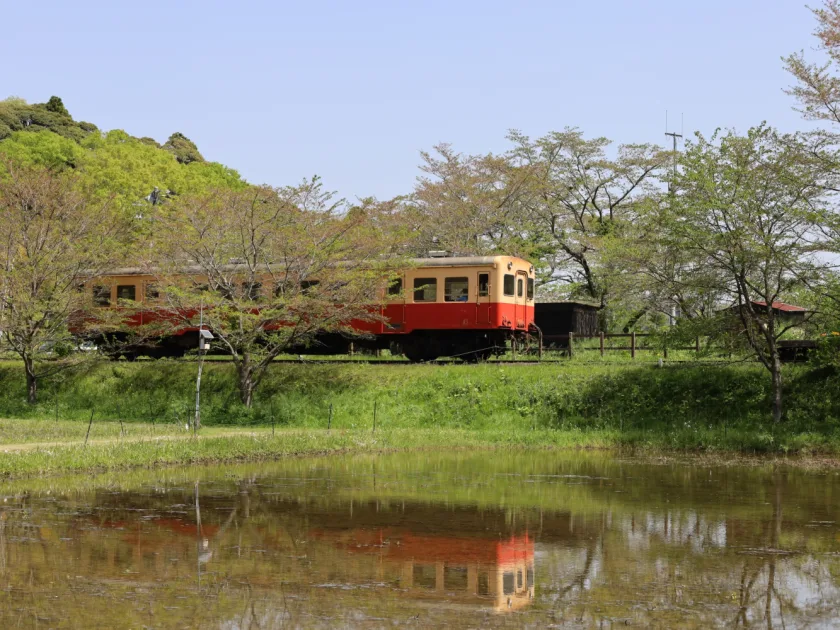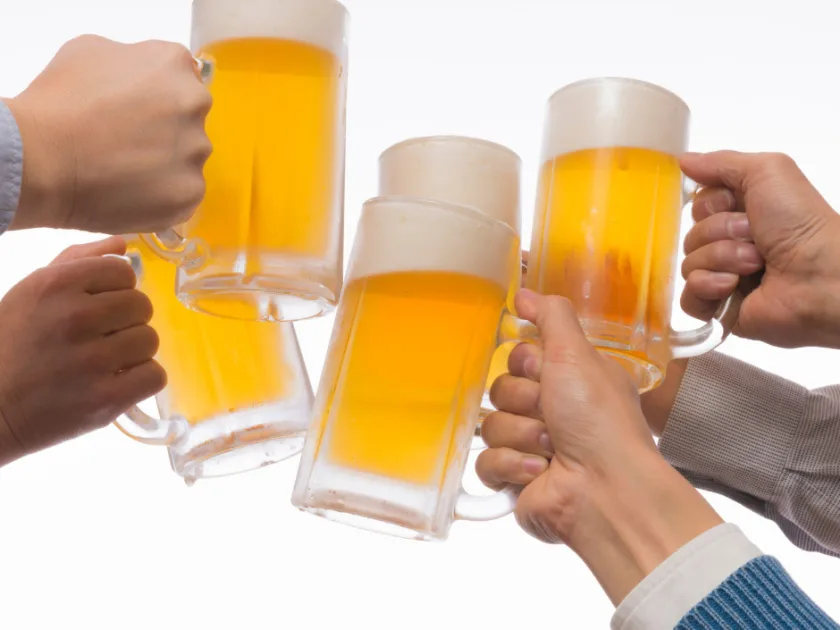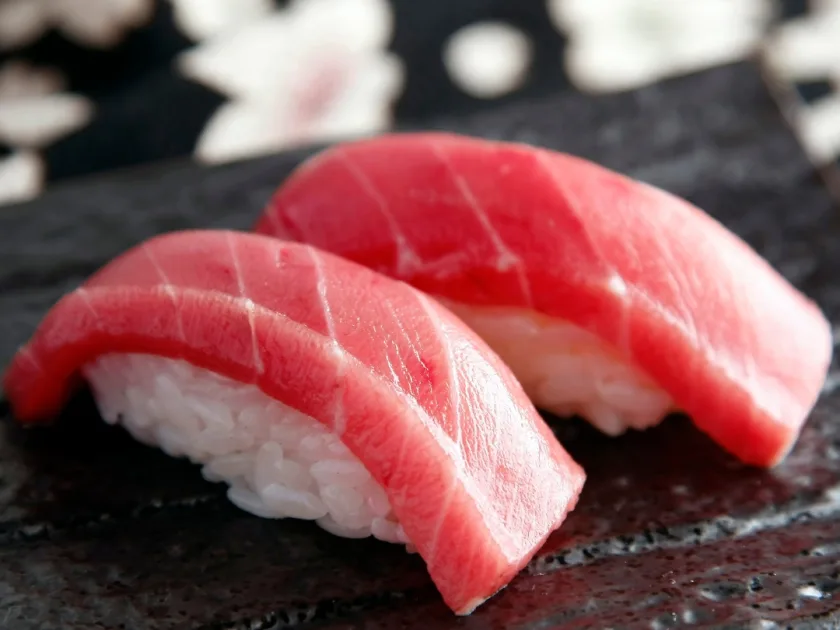Will it be impossible for travelers to visit local Japan in 10 years? (3)
Will it be impossible for travelers to visit local Japan in 10 years? (3) Table of Contents 1: Accessibility at regional railway stations 2: Reasons for delays in making local railway stations accessibility 1: Accessibility at regional railway stations Accessibility of large passenger facilities in Japan (railway stations, bus terminals, ferry terminals, and airports) is steadily progressing: in passenger facilities with an average of more than 3,000 passengers per day, the rate of steps eliminated at the end of FY2020 is 95.1%, the rate of guidance blocks for the visually impaired is 97.2%, and the rate of accessible toilets is 92.1%, approaching 100%. Accessibility in passenger facilities with more than 3,000 passengers per day (%) SOURCE: Ministry of Land, Infrastructure, Transport and Tourism However, only 50% (4,734 out of 9,379) of all railway stations in Japan have ‘steps eliminated’ at the end of FY2021. Regarding the percentage of ‘stations with steps eliminated’ by prefecture, 22 prefectures (47% of the total) have less than 30%. The low rate is particularly noticeable in rural areas, such as Yamaguchi, Kagoshima, and Aomori prefectures, where the percentage is 17%, 19%, and 20%, respectively. The proportion of stations with steps

